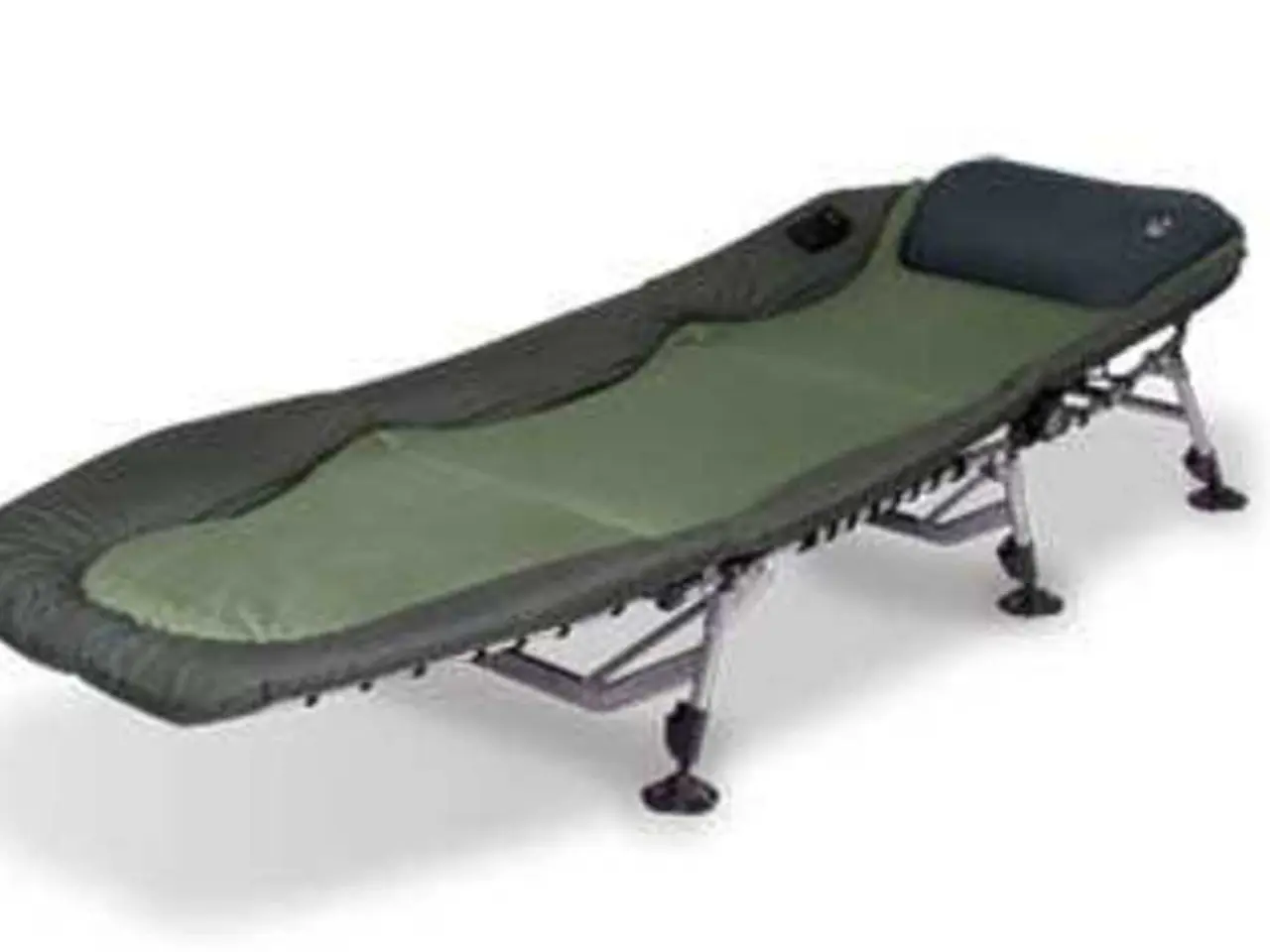Symptoms and remedies for ischial bursitis
Ischial bursitis, a condition that affects the fluid-filled sacs in the pelvis, can cause discomfort and potential problems with walking, running, or sitting. Here's a guide to understanding, treating, and managing this condition.
Ischial bursae, located just below the buttocks, prevent the gluteus maximus tendons from rubbing against the pelvic bone. However, when these sacs become inflamed, it can lead to pain and potential mobility issues.
The treatment for ischial bursitis typically involves lifestyle changes such as resting from the activity causing the problem, using ice packs, taking nonsteroidal anti-inflammatory drugs, and stretching the legs and lower back.
Exercise plays a crucial role in managing ischial bursitis. Key exercise strategies include stretching, strengthening exercises, and activity and postural modifications.
Stretching exercises help increase flexibility and reduce tension around the bursa. Foam rolling on hamstring and calf muscles can also aid in releasing tightness. Strengthening exercises target the hamstrings and hip muscles to support the pelvis and reduce stress on the ischial bursa.
Some suggested moves include static glute/piriformis stretches, hamstring foam rolling, outer glute isometrics, standing leg lifts, and lying buttocks stretches. It's essential to start gradually, avoid activities that worsen symptoms, and consult a healthcare professional or physiotherapist for personalized guidance and progression planning.
Additional supportive therapies often complement exercise, including cold and heat therapy and manual therapy like massage and trigger point release to reduce pain and muscle tension around the pelvis and hamstrings.
In some cases, a doctor may recommend corticosteroid injections with lidocaine into the affected bursae if lifestyle changes and home treatments are not effective. It's crucial to consult a healthcare professional to avoid exercises that might worsen ischial bursitis or cause injuries.
Ischial bursitis is sometimes referred to as "weaver's bottom" due to its historical occurrence in weavers who sat on hard surfaces for extended periods. If you experience persistent pain in the lower back, buttocks, or legs, it's important to see a doctor, as it may be due to an underlying condition that requires treatment.
[1] Mayo Clinic. (2021). Ischial bursitis. https://www.mayoclinic.org/diseases-conditions/ischial-bursitis/symptoms-causes/syc-20369104 [2] American Academy of Orthopaedic Surgeons. (2021). Ischial bursitis. https://orthoinfo.aaos.org/en/diseases--conditions/ischial-bursitis [3] Cleveland Clinic. (2021). Ischial bursitis. https://my.clevelandclinic.org/health/diseases/17225-ischial-bursitis [5] Johns Hopkins Medicine. (2021). Ischial bursitis. https://www.hopkinsmedicine.org/health/conditions-and-diseases/ischial-bursitis
- Chronic health conditions, such as atopic dermatitis and ulcerative colitis, fall under the category of medical-conditions that require ongoing management.
- A predicted rise in cases of HIV and Hepatitis highlights the importance of scientific research and medical-conditions awareness in promoting health-and-wellness.
- Alongside fitness-and-exercise, mental-health conditions, like bipolar disorder and depression, are crucial aspects of maintaining overall well-being.
- CBD, a compound found in the cannabis plant, is being explored for its potential in managing chronic-diseases, including COPD and asthma.
- While CHF is a serious heart condition requiring immediate attention, a less known chronic-disease is chronic-kidney-disease, which warrants regular monitoring and treatment.
- Ankylosing spondylitis and psoriasis are autoimmune disorders that share similarities, such as inflammation and joint pain, although their presentation can vary.
- In addition to the previously mentioned treatments, physical therapy and lifestyle modifications can play a significant role in managing conditions like osteoarthritis and spondylitis.
- An AQ (Allergenic Quality) rating system for food products can assist those suffering from allergies, such as milk, egg, or nut allergies, in making informed decisions about their diet and health-and-wellness.
- Science aims to provide accurate and unbiased information on various medical-conditions, allowing individuals to make informed decisions about their fitness-and-exercise programs or mental-health treatments.
- It is essential to consult medical professionals for proper diagnosis and treatment of medical-conditions, such as COPD, asthma, or atopic dermatitis, to ensure maximum health-and-wellness.
- Incorporating a mix of press-ups, squats, and yoga poses into a fitness routine can aid in improving overall posture and reducing the risk of developing chronic-kidney-disease or atopic dermatitis, while promoting both physical and mental health.




